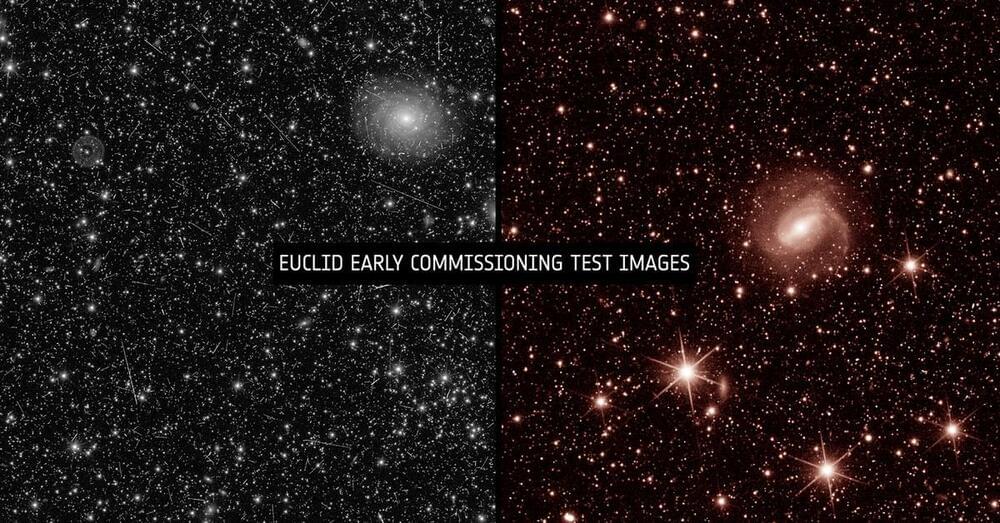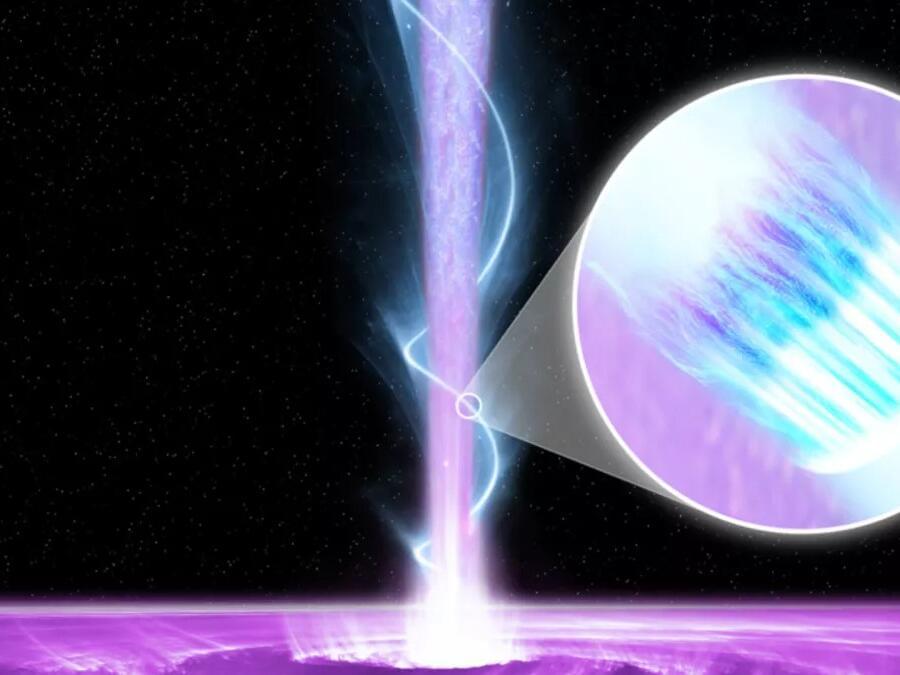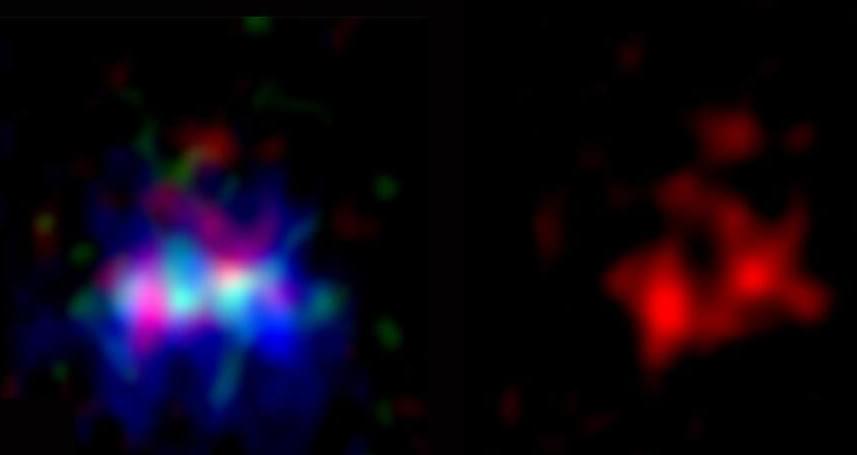Even with the quantum rules governing the Universe, there are limits to what matter can withstand. Beyond that, black holes are unavoidable.


O.o!!!
This holographic concept could explain a mystery about black holes, but the math may not represent reality.



Watch over 2,400 documentaries for free for 30 days AND get a free Nebula account by signing up at https://curiositystream.com/upandatom and using the code “upandatom”.
New streaming platform Nebula: https://watchnebula.com/
The Anthropic Principle and why we might live in a multiverse.
Hi! I’m Jade. Subscribe to Up and Atom for physics, math and computer science videos!
*SUBSCRIBE TO UP AND ATOM* https://www.youtube.com/c/upandatom.
Visit the Up and Atom Store.
The Big Bang theory suggests that the universe emerged out of nothing, signifying the beginning of the universe. Before this, there was nothing — no time, no space. However, what if I told you that time doesn’t exist and that the Big Bang Theory is incorrect? Recent discoveries made by the James Webb Telescope provide evidence that challenges the validity of the Big Bang Theory.

Go to https://brilliant.org/drbecky to get a 30-day free trial and the first 200 people will get 20% off their annual subscription. A new research study has come out claiming that to explain the massive galaxies found at huge distances in James Webb Space Telescope images, the Universe is older than we think, at 26.7 billion years (rather than 13.8 billion years old). In this video I’m diving into that study, looking at what model they used to get at that claim (a combination of the expansion of the universe and “tired light” ideas of redshift), how this impacts our best model of the Universe and the so-called “Crisis is Cosmology”, and why I’m not convinced yet!
#astronomy #JWST #cosmology.
My previous YouTube video on how JWST’s massive galaxies are no longer “impossible” — https://youtu.be/W4KH1Jw6HBI
Gupta et al. (2023; is the universe 26.7 billion years old?) — https://academic.oup.com/mnras/advance-article/doi/10.1093/m…32/7221343
Labbé et al. (2023; over-massive galaxies spotted in JWST data) — https://arxiv.org/pdf/2207.12446.pdf.
Arrabal Haro et al. (2023; z~16 candidate galaxy turns out to be z=4.9) — https://arxiv.org/pdf/2303.15431.pdf.
Zwicky (1929; “tired light” hypothesis raised for first time) — https://www.pnas.org/doi/epdf/10.1073/pnas.15.10.
JWST observing schedules (with public access!): https://www.stsci.edu/jwst/science-execution/observing-schedules.
JWST data archive: https://mast.stsci.edu/portal/Mashup/Clients/Mast/Portal.html.
Twitter bot for JWST current observations: https://twitter.com/JWSTObservation.
The successful proposals in Cycle 2 (click on the proposal number and then “public PDF” to see details): https://www.stsci.edu/jwst/science-execution/approved-progra…cycle-2-go.
00:00 — Introduction: JWST’s massive galaxy problem.
Lecture from the 2nd mini-series (Is “God” Explanatory) from the “Philosophy of Cosmology” project. A University of Oxford and Cambridge Collaboration.